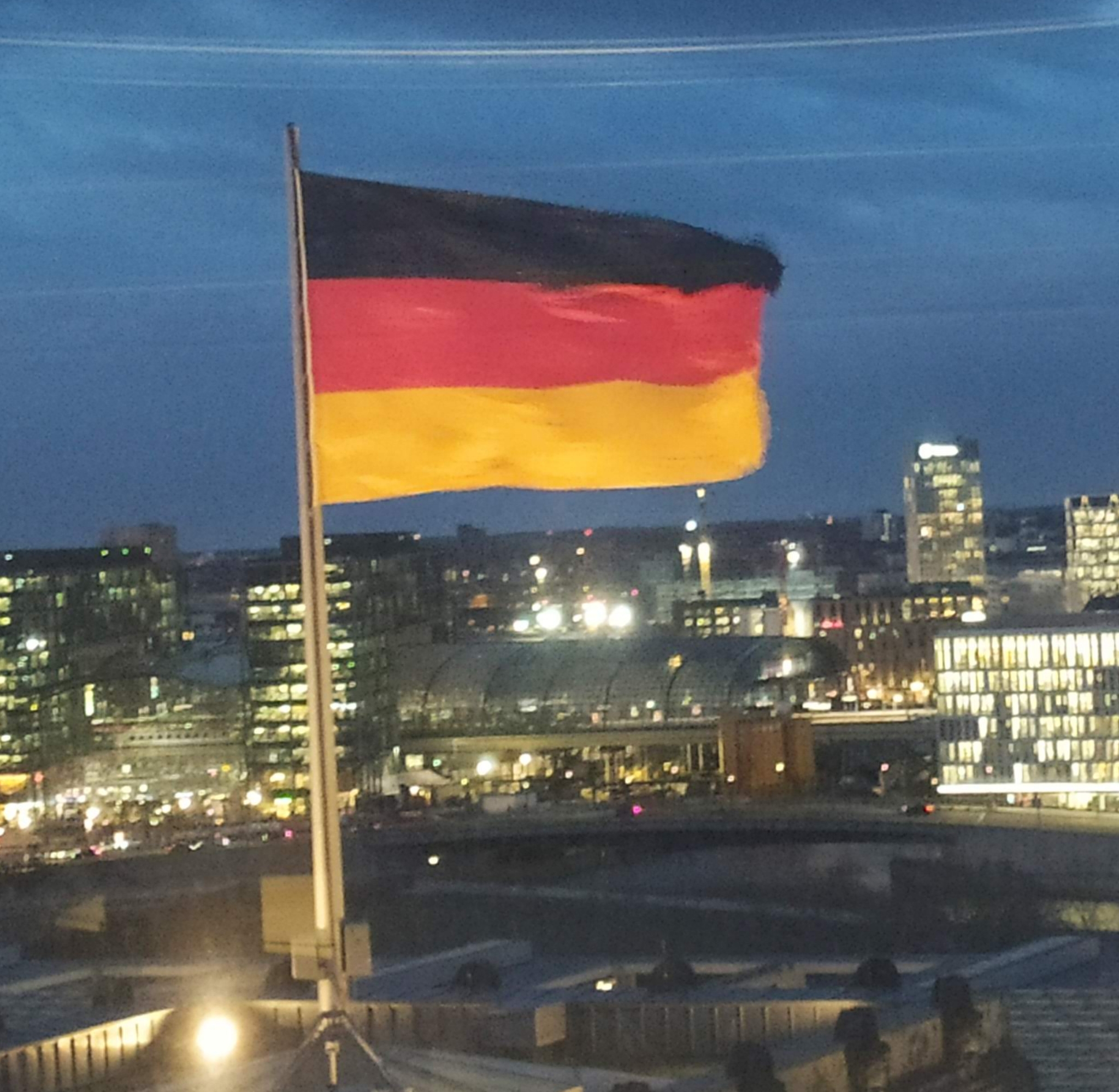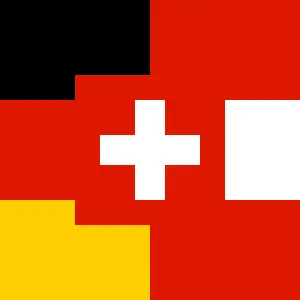

Ich spekulieren mal, dass gerade während der frühen Covid-Phase Telefonberatung mit der Anweisung zuhause zu bleiben besser war als wie in Deutschland sich zum Arzt zu schleppen und dort im Wartezimmer die Sitznachbarin mit dem verstauchten Knie zu verseuchen.

















Interestingly, Walmart tried the opposite direction in the late 1990s: establishing itself on the German market. After less than 10 years and an estimated loss of $1 billion, they withdrew completely. There are numerous articles and videos about this topic, simply search for “Walmart Germany loss”.